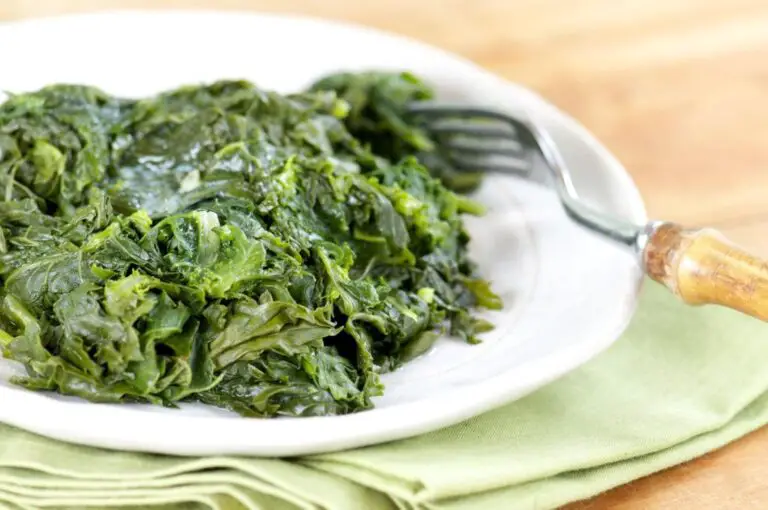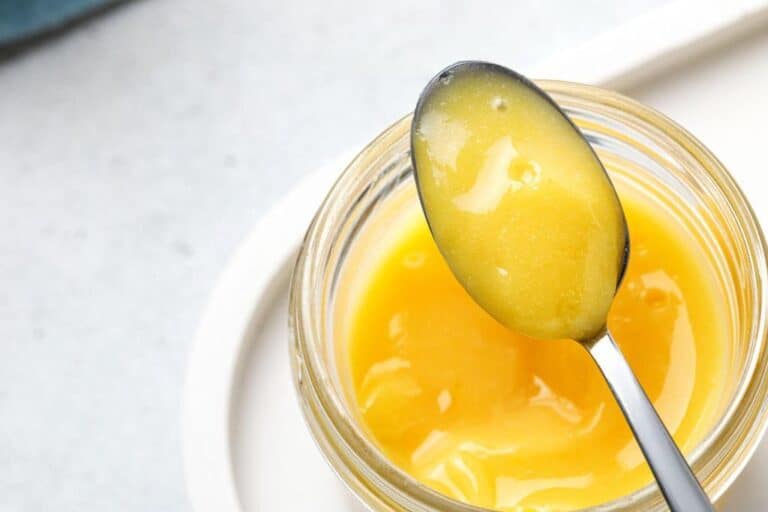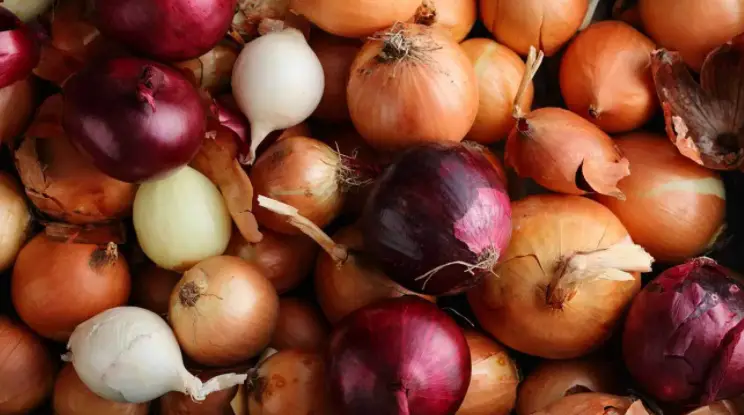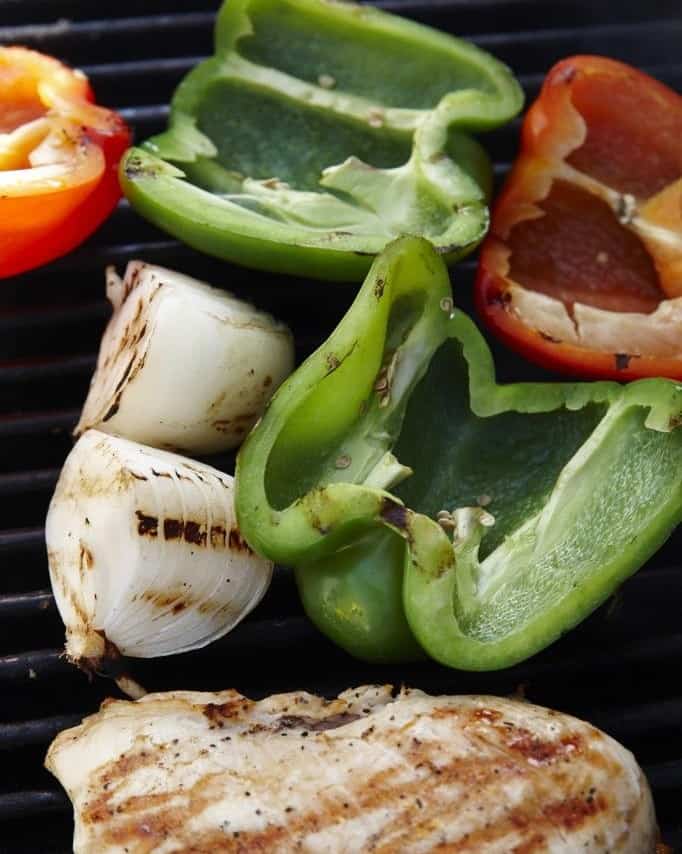How to Make Siopao Dough White and Fluffy: Secret Recipe to Perfect Dough

Imagine sinking your teeth into a fluffy and soft steamed bun, revealing its savory filling bursting with flavors. Have you ever tasted siopao? It’s a heavenly creation in the form of a pillowy cloud around delicious meat or other delectable fillings. If you’ve tasted it, then you understand the joy it brings to the palate. But have you ever wondered what makes these buns so irresistible? The secret lies in achieving the perfect texture for siopao dough.
Siopao, originating from China but beloved throughout Asia, is more than just an ordinary bun. It’s a culinary masterpiece that requires time-honored techniques and attention to detail. And at the heart of this delicate artistry is one crucial element: siopao dough. While many factors contribute to crafting superior steamed buns, it all starts with this foundation.
Picture yourself sitting down to enjoy a plate of freshly made siopao with your loved ones. Or, impress guests with homemade treats. To achieve that unforgettable experience, understanding how to create a flawlessly textured siopao dough is essential.
In this article, we will guide you step-by-step. We will reveal every secret and technique needed for producing flawless results. They will satisfy cravings and make memories.
So, whether you’re new to bread-making or a seasoned kitchen pro, join us. We’re starting an exciting journey to make ethereal siopao dough. It’s sure to transport your taste buds to paradise!
Why Do You Need Your Siopao Dough White and Fluffy?
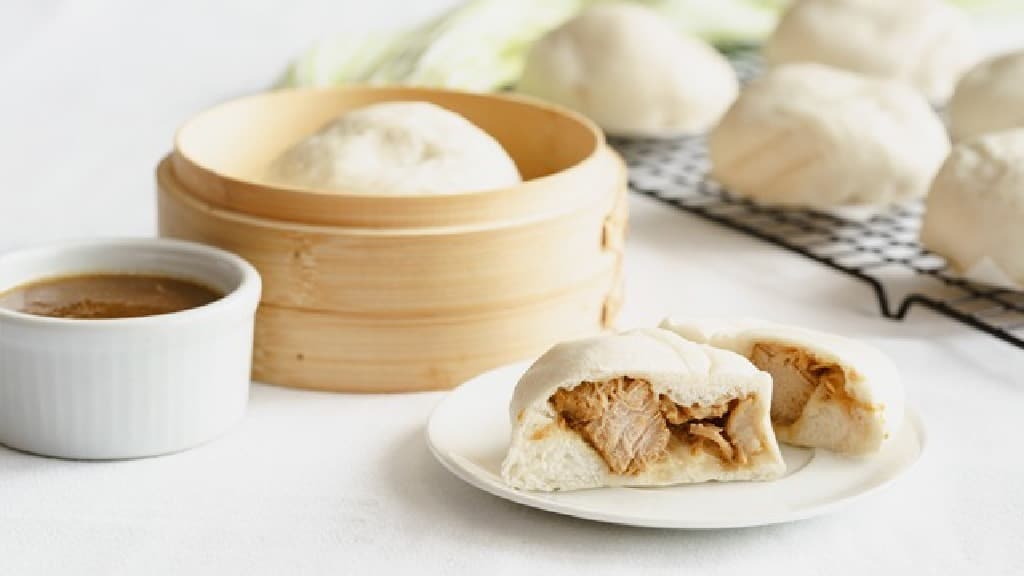
Having your siopao dough white and fluffy is crucial for several reasons. It is essential for both aesthetic and culinary reasons, making it a crucial aspect of siopao preparation.
- Visual Appeal: A white and fluffy dough enhances the overall appearance of siopao, making it more visually appealing and appetizing.
- Texture: A fluffy dough creates a light and airy texture, which enhances the eating experience and makes the siopao more enjoyable to bite into and chew.
- Flavor Enhancement: The neutral taste of the white dough allows the flavors of the filling to shine, providing a better balance of flavors in every bite.
- Freshness Perception: A white and fluffy dough indicates that the siopao is freshly made, which can positively influence customers’ perceptions of its quality and freshness.
- Professionalism: Consistently achieving white and fluffy dough demonstrates a high level of skill and professionalism in siopao making, which can attract more customers and build a loyal customer base.
- Cultural Significance: In Chinese and Filipino cuisine, siopao with white and fluffy dough is a traditional and iconic dish. Maintaining this characteristic ensures that the siopao stays true to its cultural roots.
How to Make Siopao Dough White and Fluffy:The Right Ingredients
When it comes to perfecting your siopao dough, choosing the right ingredients is important. One key ingredient that has a significant impact on the texture and taste of your dough is flour. Choose high-quality all-purpose or bread flour. They have more protein. This helps make the result lighter and fluffier.
Another crucial ingredient that cannot be overlooked is yeast. Yeast plays a vital role in leavening the dough and giving it its characteristic airy texture. Make sure to use active dry yeast or its substitute, like instant yeast, whichever you prefer, and always check for freshness before using it. Yeast that is properly activated will create small air bubbles in the dough as it ferments. This will make the dumplings light and fluffy.
While flour and yeast take center stage in siopao dough making, other key ingredients should not be forgotten either. Sugar adds sweetness to balance out savory fillings. Sugar also aids in activating the yeast by providing nourishment for fermentation. Baking powder can also be added to give an extra boost to rising potential, while salt enhances flavor and helps regulate fermentation processes.
Add Fat and Lard to Make Dough Fuller and Fluffy
Shortening or lard, plays a crucial role in creating the perfect consistency for siopao dough. By adding these fats to the mixture, they effectively coat the gluten strands in the flour, preventing them from forming large networks that result in a tough dough. As a result, the presence of shortening or lard adds tenderness to the dough and traps moisture within its structure. This process not only enhances the texture but also contributes significantly to the fluffiness of the final product.
Moreover, when fat is added to siopao dough, it acts as a natural leavening agent by creating air pockets during fermentation. These air pockets expand upon baking, causing the dough to rise beautifully and develop its characteristic softness. Additionally, fats like shortening or lard can further improve flavor and mouthfeel by complementing other ingredients in the recipe. Therefore, next time you’re aiming for that picture-perfect fluffy siopao, remember that fat content is key to achieving both texture and taste excellence.
Proper Measurements: The Secret Ingredient for Perfect Siopao Dough
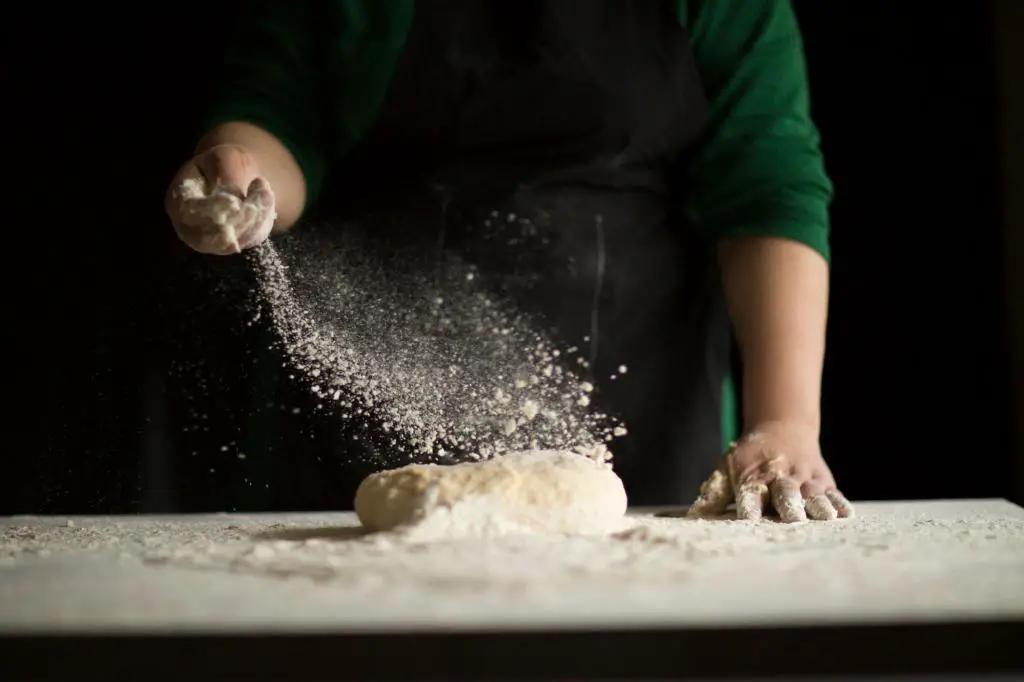
To get the fluffy, white dough you want for siopao, you need to be very careful with your measurements. Each ingredient plays an important role in the texture and taste of the dough, so it is crucial to follow exact measurements.
Firstly, let’s talk about flour, a staple ingredient in any bread recipe. Accurate flour measurement is crucial. Using too much makes dense dough, while using too little makes dry dough. To measure flour properly, use a spoon or scoop to fill your measuring cup without packing it down. Then, level off the excess with a knife or spatula.
Secondly, yeast is another vital component that needs precise measurement. Too much yeast makes the dough rise too quickly, but it lacks flavor. Too little yeast causes slow rising and weak leavening. It is recommended to use active dry yeast or instant yeast specifically mentioned in your recipe along with its required measurement.
Lastly, remember that water plays an essential role in determining how hydrating your dough will be. Water content affects both the texture and pliability of siopao buns; therefore, accuracy matters here as well. Use liquid measuring cups for water dosage rather than relying on guesswork or approximate measures.
| Read: How to Defrost Frozen Dough Without Sacrificing Quality or Taste |
Proper Mixing Techniques: Kneading by Hand or Using a Mixer
The way you mix the ingredients can have a big impact on how well the siopao dough turns out. There are two common methods for mixing dough: kneading by hand and using a mixer. The technique you choose depends on your preference and the available equipment.
Kneading by hand is a traditional method that requires physical effort but allows for better control over the texture of the dough. To begin, combine all the ingredients in a large bowl and use your hands to bring everything together into a shaggy mass. Then, turn out the dough onto a lightly floured surface and start kneading.
The key here is to apply enough pressure with both hands as you fold, push, and stretch the dough away from you. This process develops gluten strands that give elasticity to our siopao bun while also ensuring air is evenly distributed throughout each bite. It may take around 5-10 minutes of continuous kneading until your dough becomes smooth, elastic, and no longer sticky.
But, if you have an electric stand mixer or handheld mixer with bread hook (or paddle) attachments, this can save time and energy when making lots of siopao buns. Simply place all your dry ingredients in the mixing bowl first before adding any liquids, such as water or milk, as this minimizes clumping.
Start at a low speed. Then, raise it to medium speed once everything has come together. This will prevent flour from scattering. Allow the machine to do its job for 3-5 minutes. Stop when there’s little resistance during testing. The material should stretch without tearing. It should feel bendable and spring back when shaped into balls.
Remember that regardless of whether you decide to knead by hand or use a mixer, one crucial tip remains constant: avoid overmixing. Overmixing the dough can result in a tougher texture and denser siopao buns. Once the ingredients are well combined and you have achieved a smooth, elastic dough, it is best to stop kneading or mixing. This will ensure that your siopao buns remain light, fluffy, and truly irresistible.
Proving Process (Fermentation)
To achieve the perfect siopao dough that is fluffy and white, one crucial step is the proving process, or fermentation. This process allows the yeast in the dough to ferment and release carbon dioxide. This gas creates air pockets that give volume to the final product. Good fermentation improves texture and creates flavors. This makes the siopao bun tastier.
Letting your dough rise properly is essential for achieving light and airy siopao buns. It’s important to give the yeast enough time to work its magic and transform the simple ingredients into a soft and pillowy dough. Rushing this step can lead to dense buns with an undesirable chewy texture.
Finding ideal fermentation conditions is key. They determine how well your dough rises. Yeast thrives best in warm environments with temperatures between 75°F (24°C) and 85°F (29°C). If your kitchen is colder than this range, you may need to make a warmer spot. You can do this by placing your covered dough near an oven or by using proofing boxes or heat mats.
While warmth encourages yeast activity, it’s equally important not to let the temperature exceed 95°F (35°C). Higher temperatures cause yeast to grow too much. This leads to over- and post fermentation. This results in collapsed buns with a strong yeasty taste. Finding that sweet spot within the recommended temperature range will ensure optimal rise while maintaining great flavor.
Understanding why proper proving matters and finding ideal fermentation conditions will help you. It will help you make fluffy, white siopao buns. They will impress both you and others at first bite!
Punching Down and Shaping: The Art of Deflation and Reshaping
Once your siopao dough has proofed and doubled in size, it’s time to punch down the dough. This step may seem counterintuitive – after all, we just worked hard to create those beautiful bubbles of air. But punching down the dough helps release excess gas, creating a more even texture throughout your buns.
To punch down the dough, start by lightly flouring your work surface and gently transferring the risen dough onto it. Gently press down on the dough with your palms or fists to deflate it evenly. You don’t want to crush out every bit of air; rather, aim for a gentle deflation that leaves some elasticity in the dough.
After you’ve punched down the dough, it’s time to reshape them into perfectly formed buns. Divide the deflated mass into equal portions using a sharp knife or bench scraper. To achieve consistent bun sizes without weighing each one, you can use an odd but effective technique: eyeballing based on visuals.
Hold each divided piece in one hand. Shape them into balls by pulling back loose edges towards their centers while rotating them between your fingers. As you do this motion repeatedly for all pieces, check if they have uniform sizes. Having consistent ball shapes will lead to evenly cooked siopao later on.
With these tips in mind when punching down and shaping our siopao dough, we’ll be able to maintain its optimal texture throughout baking. Prepare yourself for fluffy white clouds filled with delicious savory fillings! Stay tuned as we advance towards steaming perfection
Final Thoughts
In conclusion, achieving the perfect fluffy and white siopao dough requires attention to detail and a little practice. Remember to use the right ingredients in the correct amounts. For example, use cake flour for its low protein and baking powder for that extra lift.
Once you have mastered the basic recipe, don’t be afraid to experiment with different fillings. From traditional pork or chicken adobo to fusion flavors like Korean bulgogi or Thai green curry, let your imagination run wild! Siopao is incredibly versatile and can be personalized to suit any taste preference.
Lastly, while we have focused on steaming as the cooking method in this article, there are other techniques worth exploring. You may try baking your filled buns for a slightly drier texture but golden crust, or even grilling them for a smoky flavor infusion.
As with any culinary endeavor, practice makes perfect. So get into your kitchen and start honing your siopao-making skills today! Your friends and family will surely appreciate every bite of these light-as-air buns filled with deliciousness. Happy cooking!
Conclusion
In summary, making perfect fluffy and white siopao dough requires precise measurements. It also needs proper technique and a bit of patience. This article outlines step-by-step instructions. By following them, home cooks can make siopao buns. The buns will be light and look great.
Throughout this journey of creating siopao dough, it is important to remember that practice makes perfect. Don’t be discouraged if your first attempt doesn’t turn out exactly as you envisioned. With each batch, you’ll gain more experience. You’ll see how things like humidity or flour type can affect the bread.
So keep experimenting with flavors for your fillings. Try adding unique ingredients or putting modern twists on traditional recipes. With dedication and a passion for cooking, you’ll soon become an expert. You’ll make fluffy, white siopao buns that will delight family and friends. With dedication and a passion for culinary craftsmanship, you’ll soon become an expert in creating irresistibly fluffy and white siopao buns that will delight family and friends alike.
Now go ahead, roll up your sleeves, and gather your ingredients—it’s time to embark on an exciting siopao-making adventure! Happy cooking!


